Edward Wilfred Taylor CBE FRS FRMS (29 April 1891-1 November 1980) was a British manufacturer of optical instruments. [1]
Edward Wilfred Taylor CBE FRS FRMS (29 April 1891-1 November 1980) was a British manufacturer of optical instruments. [1]
Taylor was born on 29 April 1891 at 20 Bootham, York, to parents Charlotte Fernandes Taylor and Harold Dennis Taylor (a designer of optical instruments for Thomas Cooke & Sons). [2] He attended a preparatory school at Orelton, Scarborough, before, at age 14, attending Oundle School. He left school in 1908 to take up an apprenticeship at Thomas Cooke & Sons in York.
In 1912 he travelled to the US aboard RMS Lusitania to demonstrate rangefinder equipment to the US government.
At the outbreak of the First World War, he enlisted in the 21st Battalion Royal Fusiliers and subsequently commissioned to the Sherwood Foresters as a range finding officer. Taylor subsequently served in the Loyal Regiment (North Lancashire) during the Battle of the Somme, where he was wounded. After recovery he was transferred to the Grand Fleet at Scapa Flow and served aboard the HMS King George V (1911). In 1917 he was seconded to the Royal Navy as a lieutenant and attached to HMS President (shore establishment), where he was involved in the equipping of the naval fleet with new searchlights. He was demobilised in April 1919. [2]
Taylor returned to York and to work at Thomas Cooke & Sons. He married Winifred Mary Hunter in 1921. In 1926 he was appointed optical manager at his firm and was involved in constructing instruments for Leiden University and the Greenwich Observatory. During the Second World War Taylor was involved in designed and producing rangefinder equipment for the allied armies. [2]
Taylor was an accomplished naturalist and supported nature conservatory throughout his life. He served as President of the Yorkshire Naturalists Union in 1955; his presidential address was titled "A summary of our knowledge of Yorkshire mammals 1881-1955". He was a founding member of the Yorkshire Wildlife Trust. [2]
He was a member, and subsequently, a Vice-President of the Yorkshire Philosophical Society. [3] Taylor was awarded a CBE in 1946. [1] He was elected as a Fellow of the Royal Society on 20 March 1952, [1] and was also a Fellow of the Royal Microscopical Society.

A theodolite is a precision optical instrument for measuring angles between designated visible points in the horizontal and vertical planes. The traditional use has been for land surveying, but it is also used extensively for building and infrastructure construction, and some specialized applications such as meteorology and rocket launching.
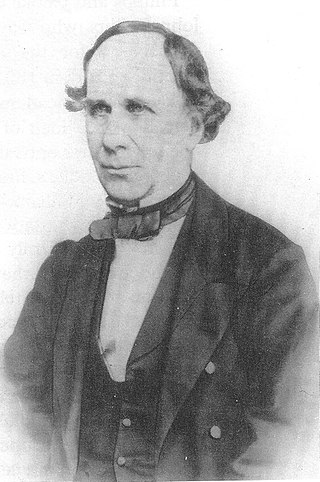
Thomas Cooke was a British scientific instrument maker based in York. He founded T. Cooke & Sons, the scientific instrument company.
T. Cooke & Sons was an English instrument-making firm, headquartered in York. It was founded by Thomas Cooke by 1837.
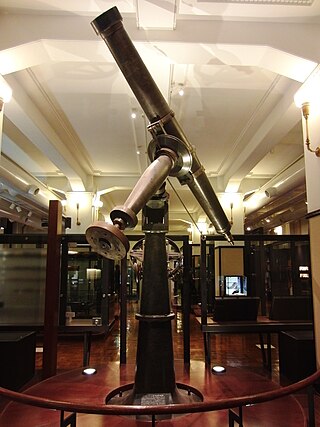
Troughton & Simms was a British scientific instrument firm. It was formed when Edward Troughton in his old age took on William Simms as a partner in 1826. It became a limited company in 1915 and in 1922 it merged with T. Cooke & Sons to form Cooke, Troughton & Simms.
Cooke, Troughton & Simms was a British instrument-making firm formed in York in 1922 by the merger of T. Cooke & Sons and Troughton & Simms.

Jesse Ramsden FRS FRSE was a British mathematician, astronomical and scientific instrument maker. His reputation was built on the engraving and design of dividing engines which allowed high accuracy measurements of angles and lengths in instruments. He produced instruments for astronomy that were especially well known for maritime use where they were needed for the measurement of latitudes and for his surveying instruments which were widely used for cartography and land survey both across the British Empire and outside. An achromatic eyepiece that he invented for telescopes and microscopes continues to be known as the Ramsden eyepiece.
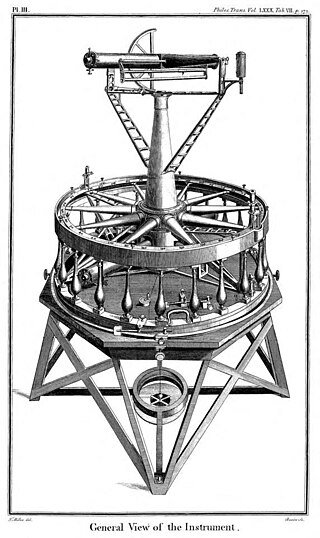
The Ramsden surveying instruments are those constructed by Jesse Ramsden and used in high precision geodetic surveys carried out in the period 1784 to 1853. This includes the five great theodolites—great in name, great in size and great in accuracy—used in surveys of Britain and other parts of the world. Ramsden also provided the equipment used in the measurement of the many base lines of these surveys and also the zenith telescope used in latitude determinations.

The Principal Triangulation of Britain was the first high-precision triangulation survey of the whole of Great Britain and Ireland, carried out between 1791 and 1853 under the auspices of the Board of Ordnance. The aim of the survey was to establish precise geographical coordinates of almost 300 significant landmarks which could be used as the fixed points of local topographic surveys from which maps could be drawn. In addition there was a purely scientific aim in providing precise data for geodetic calculations such as the determination of the length of meridian arcs and the figure of the Earth. Such a survey had been proposed by William Roy (1726–1790) on his completion of the Anglo-French Survey but it was only after his death that the Board of Ordnance initiated the trigonometric survey, motivated by military considerations in a time of a threatened French invasion. Most of the work was carried out under the direction of Isaac Dalby, William Mudge and Thomas Frederick Colby, but the final synthesis and report (1858) was the work of Alexander Ross Clarke. The survey stood the test of time for a century, until the Retriangulation of Great Britain between 1935 and 1962.

The Great Trigonometrical Survey of India was a project that aimed to survey the entire Indian subcontinent with scientific precision. It was begun in 1802 by the British infantry officer William Lambton, under the auspices of the East India Company. Under the leadership of his successor, George Everest, the project was made the responsibility of the Survey of India. Everest was succeeded by Andrew Scott Waugh, and after 1861, the project was led by James Walker, who oversaw its completion in 1871.
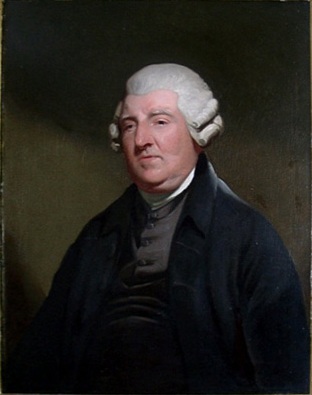
Peter Dollond was an English inventor of optical instruments. He was the son of optician John Dollond. He is known for his successful optics business, and for the invention of the apochromat.
Sir Charles Maurice Yonge, CBE, FRS FRSE was an English marine zoologist.
The Royal Society of South Australia (RSSA) is a learned society whose interest is in science, particularly, but not only, of South Australia. The major aim of the society is the promotion and diffusion of scientific knowledge, particularly in relation to natural sciences. The society was originally the Adelaide Philosophical Society, founded on 10 January 1853. The title "Royal" was granted by Queen Victoria in October 1880 and the society changed its name to its present name at this time. It was incorporated in 1883. It also operates under the banner Science South Australia.
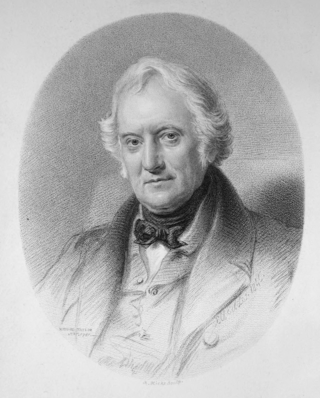
Richard Taylor was an English naturalist and publisher of scientific journals. He became joint editor of the Philosophical Magazine in 1822 and went on to publish the Annals of Natural History in 1838. From 1837 to 1852, he edited and published Scientific Memoirs, Selected from the Transactions of Foreign Academies of Science. In 1852, he was joined by the chemist Dr William Francis to form Taylor and Francis.
William Wales was a British mathematician and astronomer who sailed on Captain Cook's second voyage of discovery, then became Master of the Royal Mathematical School at Christ's Hospital and a Fellow of the Royal Society.
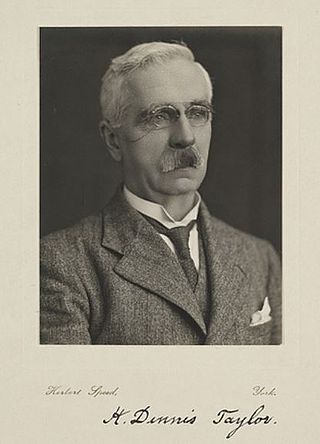
Harold Dennis Taylor was a British optical designer and inventor, chiefly famous for the invention of the Cooke Triplet, although he was granted about 50 other patents.
Thomas Graves was an officer of the Royal Navy and naturalist who worked extensively as a surveyor in the Mediterranean.
Jonathan Sisson was a prominent English instrument maker, the inventor of the modern theodolite with a sighting telescope for surveying, and a leading maker of astronomical instruments.
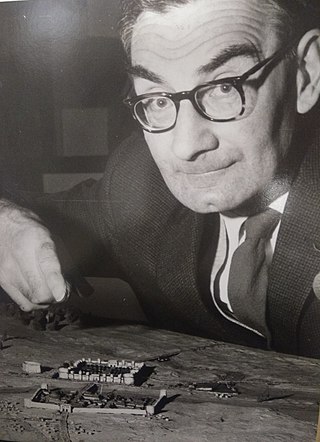
Leslie Peter Wenham FSA was a British archaeologist, historian, and professor who excavated in York, on Hadrian's Wall and Malton. He was the first to produce a comprehensive report of a Romano-British Cemetery.

Walter Edward Collinge was a British zoologist and museum curator. He is notable for his academic work on terrestrial slugs and Isopoda and on economic biology.
James Stirton was a Scottish physician and one of Scotland's leading experts on cryptogamic botany. His investigations in bryology and lichenology earned him a world-wide reputation.